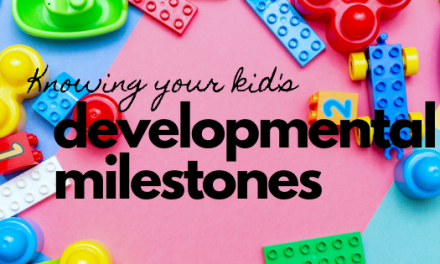After the end of World War II, young teacher Loris Malaguzzi (1920-1994) developed the Reggio Emilia approach that took its name from northern Italy city where he was serving. The approach is born from the collective desire of the community that wanted to have better and more progressive education for their children. Realising that children start to develop their personalities and views of the world in their early years, with each children using a different way to express themselves (i.e ‘a hundred languages’) Malaguzzi created an approach that could fit the needs of the children in this community.
This approach started getting popular when it received recognition from the famous magazine Newsweek in 1991 as one of the world’s top ten schools. Then in 1997, the Municipal Preschool and Infant Toddlers Centres at Reggio Emilia collaborated with the Harvard School of Education on a project which revolved around the development of early childhood education. Google and the World Bank are among Reggio Emilia’s prominent advocates.

No Fixed Curriculum
But what makes it interesting is that the Reggio approach does not have an established formal curriculum, with teacher certification standards, accreditation processes and all that. The focus is on aiding children to articulate their experience through an ongoing process of critical thinking and collaboration. So rather than having children to adhere to a pre-set curriculum, what they learn in school are more flexible and the lessons are built upon the interest of the children. You will notice that reading, writing and calculating will not be given as much emphasis as they are in Montessori and Waldorf. That is because Reggio educators believe that there are a hundred different ways for children to discover and learn. They can also grow to be critical thinkers through dance, pretend play, puppetry, experiment, shadow play etc.
This type of new curriculum is called the ‘emergent curriculum’. Students, children, parents, and the community will work hand in hand in formulating the best education framework for the children. With that being said, what is learnt in one Reggio school will be different from another one for it caters to the needs of the school community.
 Source: The One School
Source: The One School
Encouraging Interests Through ‘Projects’
One of Reggio Emilia’s key element is called ‘projects’. Different from the typical one-time presentation, projects are cumulative and progressive. A project can last for a month, or even a year. The topic of a project must be concrete, based on the child’s interest (e.g. dinosaurs, planets, trucks, food) and can be developed over time. It can come from the child himself or the teacher’s recommendation.
The reason why the child’s interests are set as the pivot for projects and classes is because, it was found that children demonstrated a greater comprehension and more desire to participate actively if the subject they are studying is something of their interest.
In completing a project, teachers will aid the children to decide the direction of the project, how to research on the topics chosen, what medium shall be used to showcase it as well as pointing out the questions for the child to answer with the help from parents.
Source: Highland Plaza Preschool
Teachers’ Role
Teachers play a big role in Reggio schools because they don’t just guide the children, they are also seen as learners. Teachers need to carefully listen, monitor, give feedback and document their students’ work and projects, letting the students know that their efforts are appreciated. As teachers go through each child’s work, they can learn about the children’s weakness and figure out what aspects of teachings they themselves need to improve on. These documentations also make it possible for teachers to update parents about their children’s update and progress at school. This encourages parents to maintain involvement in their children’s life at school.
Interacting and having a dialogue with students is essential in a Reggio class because it allows teachers to observe the children then think about what to offer to them for the next lesson. Teachers would also encourage children’s participation by provoking them with open-ended questions.
While the number of Reggio Emilia school is still less compared to Montessori and Waldorf schools, if you are looking for something different and non-conventional then you should certainly give the schools a little tour. Click here to know more about other pre-school approaches.









